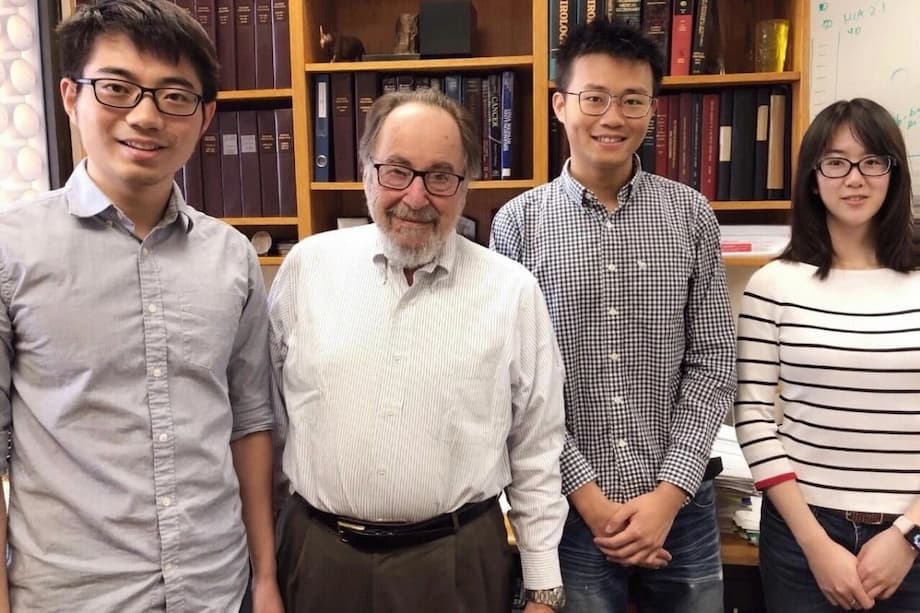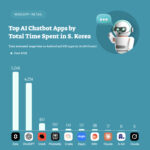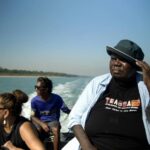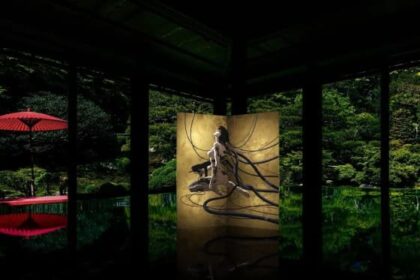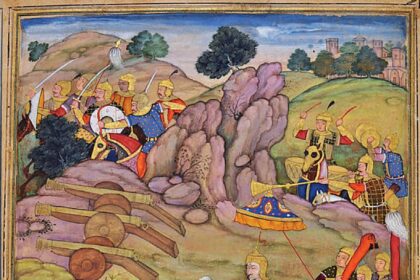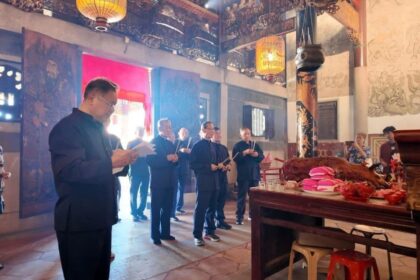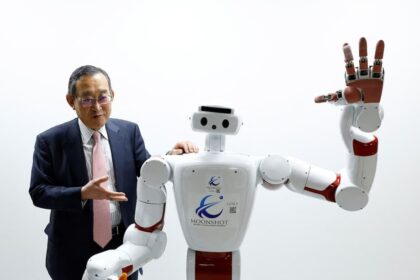A scientist who built bridges across borders
David Baltimore, Nobel Prize winning American biologist, died this month at 87. Tributes across China and from Chinese American researchers credit him with helping build a confident, internationally connected life sciences community in the country. Early in his career he made discoveries that changed how scientists understand viruses and immunity. Later he became a mentor, advisor, and builder of programs that linked laboratories from Beijing and Shanghai to Los Angeles and Boston. For many in China, he was the rare global figure who returned again and again for seminars, workshops, and candid conversations with students. The visits were not ceremonial. They often led to concrete collaborations, faculty recruitment, and the design of new centers.
- A scientist who built bridges across borders
- How Baltimore changed modern biology
- Mentoring a generation of Chinese scientists
- Institution building in Suzhou and beyond
- Collaboration in a changing geopolitical climate
- Lessons from gene editing controversies
- The final paper and a lasting bond with China
- Alice Huang and the values that shaped a partnership
- What his legacy means for young researchers in China
- Key Points
In his 30s, Baltimore revolutionized gene research with work that earned the 1975 Nobel Prize in Physiology or Medicine. Across the next five decades he advised new institutes in China, visited campuses across the country, and mentored dozens of Chinese trainees who later shaped laboratories on both sides of the Pacific. He co chaired advisory boards, gave lectures that packed auditoriums, and spent time in small group discussions where young scientists could test ideas. His final scientific paper appeared in the inaugural issue of Immunity & Inflammation, a new Chinese journal, just days before he died. For many admirers, that paper on NF kappa B was a fitting last word from a scientist whose interests spanned the molecular machinery of immunity and the culture that makes discoveries possible.
Colleagues describe a scientist who linked people, ideas, and institutions. The through line was a straightforward belief that good research grows faster with openness and exchange across borders. That approach fit China’s fast growing investment in biomedicine, and it helped turn informal visits into lasting programs that strengthened training, basic discovery, and translation. The Suzhou Institute of Systems Medicine counts him as a founding advisor. Westlake University drew on his guidance as it set up new graduate programs. Conference halls in Beijing twice saw him preside over World Life Science Conference sessions that brought together young investigators and senior leaders. The personal connections he built are now scattered through labs across China and overseas.
How Baltimore changed modern biology
To understand why Chinese scientists held Baltimore in such regard, it helps to see what he changed in modern biology. In the early 1970s he identified reverse transcriptase, an enzyme used by certain RNA viruses to make DNA. That discovery overturned the one way view of genetic information in textbooks and revealed how retroviruses replicate. Reverse transcriptase became a core tool for molecular biology and the target of key HIV therapies. The insight gave medicine a way to read and resist viruses that write themselves into our genomes.
From reverse transcriptase to precision medicine
Baltimore’s laboratory then helped define the control switches of immunity. His team identified NF kappa B, a transcription factor that turns on genes involved in inflammation and cell survival. When NF kappa B is misregulated, cells send distress signals at the wrong time and tissues can be damaged. Drugs that influence this pathway aim to calm runaway inflammation without shutting down normal defense.
His group also discovered the genes RAG1 and RAG2. These genes drive VDJ recombination, the genetic shuffling that creates billions of different antibodies and T cell receptors. That mechanism is the reason a human immune system can recognize an enormous range of pathogens. Understanding RAG genes clarified how adaptive immunity learns and why that learning sometimes goes awry.
Another strand of his work helped frame modern cancer therapy. By dissecting how the ABL1 tyrosine kinase operates, and how it becomes overactive when fused with BCR in certain leukemias, research from Baltimore’s circle contributed to the rationale for imatinib, the targeted drug that transformed chronic myeloid leukemia care. A precision approach to oncology, now common, grew from that kind of clear molecular mapping.
Mentoring a generation of Chinese scientists
Baltimore’s influence in China was personal as well as institutional. Over the years he trained many Chinese students and postdoctoral fellows. Some stayed in the United States and became senior faculty. Others returned to China to launch new programs. Alumni networks formed across continents, linking labs in Guangzhou, Shanghai, Beijing, Suzhou, and U.S. hubs. Those links made it easier to share methods, co author papers, and move talent to where it could grow.
Cheng Genhong, an immunologist who trained with Baltimore and now leads the Suzhou Institute of Systems Medicine, said the visits and advice went well beyond routine mentoring. Cheng credits Baltimore with helping shape the institute’s strategy and with encouraging young scientists to set ambitious goals while keeping a focus on rigorous methods.
Introducing his tribute, Cheng described how visible that commitment was in Chinese laboratories.
Dr Baltimore visited China many times, with his footprints across numerous universities and research institutes.
Cheng and other colleagues say the heart of that message was simple. Science moves faster when ideas cross borders. Mentorship can open doors that would otherwise stay closed. Much of that work is quiet and human, spent listening to a trainee’s plan, sketching an experiment at a whiteboard, or calling a colleague to suggest a visit for a promising young researcher.
Institution building in Suzhou and beyond
Baltimore’s role in China was also about building durable institutions. In Suzhou he co chaired the scientific advisory board of the Institute of Systems Medicine with Zhu Chen, the physician scientist who later served as China’s health minister. The institute’s mission joins immunology, systems biology, and precision medicine. That combination reflects Baltimore’s view that real progress often comes when disciplines share tools and data.
He also engaged with new models for Chinese research universities. Westlake University invited him to serve on its governing board as it built a graduate focused, research intensive campus with international standards. He supported national conferences as well, serving twice as president of the World Life Science Conference in Beijing. Each of these roles combined long term planning with a hands on approach to mentoring young scholars.
Why systems medicine matters
Systems medicine aims to map how genes, proteins, cells, and tissues interact, rather than studying single molecules in isolation. For immune disorders or cancer, circuits of signals drive disease. Measuring those circuits, and learning to modulate them, is central to next generation therapies. Baltimore pushed for training that blends computation, sequencing, and classical biology. Institutes that took that advice now train students to write code, design CRISPR screens, and interpret clinical data alongside bench experiments.
Collaboration in a changing geopolitical climate
Baltimore’s career in China unfolded across a period of growing scientific capacity in the country and evolving political scrutiny in the United States. The long running U.S. China Science and Technology Agreement, first signed in 1979, has faced rounds of negotiation and delay in recent years, with Washington seeking stronger protections and clearer terms. Universities in the United States have responded to agency concerns about undisclosed foreign ties by tightening disclosure rules and reviewing conflicts. High profile cases at institutions such as Emory University and MD Anderson showed the risks when funding, appointments, or data access are not fully disclosed.
Trust, transparency, and the research enterprise
These debates altered the context for collaboration. They also underscored the need for clear norms. Baltimore advocated open exchange and he valued the participation of young scientists from many countries. That outlook does not conflict with transparency or security. It asks for clear policies, timely disclosure, and strong review of sensitive work. Chinese researchers who trained with him often describe an expectation of rigor and openness that aligns with international standards. In practice, trust grows when institutions build processes that reward accurate reporting and when collaborations include shared governance, regular audits, and reciprocal data sharing.
Lessons from gene editing controversies
The 2018 revelation of the first babies born with edited genomes, after embryo manipulation by researcher He Jiankui in Shenzhen, shook the global scientific community. The project used CRISPR to target the CCR5 gene, aiming to confer resistance to HIV. It sparked a reaction because germline editing changes genetic information that can be passed to future generations, a line most governments and scientific groups have said should not be crossed without broad public agreement and clear safety data.
Reporting later showed that a circle of people suspected or knew that He was moving toward a human embryo intervention. Some advised against it. Others stayed silent or learned of the births only after the announcement. The episode exposed weak points in institutional oversight and in community self regulation. China later strengthened rules, and international groups renewed calls for shared standards for embryo research and clinical research with gene editing tools.
For scientists who worked in China or with Chinese partners, the case was a reminder that seminars and review committees are not enough. Clear laws, empowered ethics boards, and professional societies that enforce sanctions are essential. The goal is not to slow research. It is to ensure that decisive steps, especially those that affect future children, meet strict safety and consent requirements.
The final paper and a lasting bond with China
Baltimore’s last scientific article, published just before his death in the inaugural issue of Immunity & Inflammation, returned to a favorite theme: how cells turn on and off defensive programs through NF kappa B. The molecule acts like a switchboard. When stress signals arrive, NF kappa B moves into the nucleus and activates genes that begin an inflammatory response. When the trigger fades, the system shuts down. Chronic activation can lead to autoimmune disease or cancer. The paper summarized current understanding and pointed out therapeutic strategies that might reset the switch without erasing needed immune functions.
That the work appeared in a Chinese journal carried symbolic weight for researchers who had worked with him there. It was another bridge, scientific and personal. The choice fit a scientist who spent years traveling to Chinese universities, answering questions in crowded classrooms, and checking in on the careers of former trainees. Friends also note a family tie to China. His wife, the virologist Alice S. Huang, was born in Nanchang and later became a leader in American science policy and education.
Alice Huang and the values that shaped a partnership
Alice Huang’s career offers a parallel story about scientific values that guided the couple’s engagement with China. A noted virologist who later served as president of the American Association for the Advancement of Science, she has long argued that passion, creativity, and freedom are crucial for progress. She has promoted international collaboration and the advancement of women and minorities in science. Her early work on RNA viruses at the Salk Institute and later at Harvard and MIT intersected with the period when reverse transcriptase was being defined. She and Baltimore often stood together in advocating for a scientific culture that rewards curiosity and protects open inquiry.
That outlook resonated in China’s growing research community. As laboratories scaled up fast, the debate shifted from how to buy equipment to how to nurture people. Huang’s message on building cultures that welcome questions and support bold ideas found an audience in young groups eager to create world class programs. Her story also shows how family ties can make cross border work more natural, linking personal history with professional choices.
What his legacy means for young researchers in China
Baltimore’s legacy in China lies in three strands that reinforce each other. The first is the science. He and his trainees clarified the logic of viral replication, immune control, and cancer signaling. Those ideas now support new diagnostics and therapies in Chinese hospitals. The second is human capital. He trained researchers who became mentors themselves. They built labs that mix basic and clinical science and kept ties to collaborators overseas. The third is institution building. From Suzhou to Hangzhou to Beijing, he helped shape structures that will outlast any single lab, including advisory boards, graduate curricula, and conference networks.
For students and early career scientists, two practical lessons stand out. A lab thrives when it sets hard problems and keeps standards high. It also thrives when it remains porous to ideas and people from elsewhere. Baltimore traveled because he liked hearing new questions and because he felt that science is a shared project. China’s research community grew quickly in part because it made room for that kind of exchange. The future of that growth will depend on doubling down on transparency, making peer review stronger, and keeping training international even when politics make it more difficult.
Key Points
- David Baltimore, who died at 87, built long running ties with China through mentoring, frequent visits, and institution building.
- His scientific contributions include reverse transcriptase, NF kappa B, and discoveries related to RAG genes and BCR ABL, which shaped HIV treatment, immunology, and precision oncology.
- He advised the Suzhou Institute of Systems Medicine and supported new models for research universities such as Westlake University.
- Tributes from Chinese scientists, including Cheng Genhong, highlight his belief in open exchange and training young talent.
- His final paper, on NF kappa B, appeared in the inaugural issue of a Chinese journal days before his death.
- Collaboration now sits within tighter oversight, with U.S. scrutiny of undisclosed foreign ties and ongoing talks about the U.S. China science agreement.
- The He Jiankui gene editing case led to stronger rules and renewed calls for global standards in embryo research.
- Alice S. Huang’s leadership and advocacy for passion and freedom in science added depth to the couple’s engagement with China.


